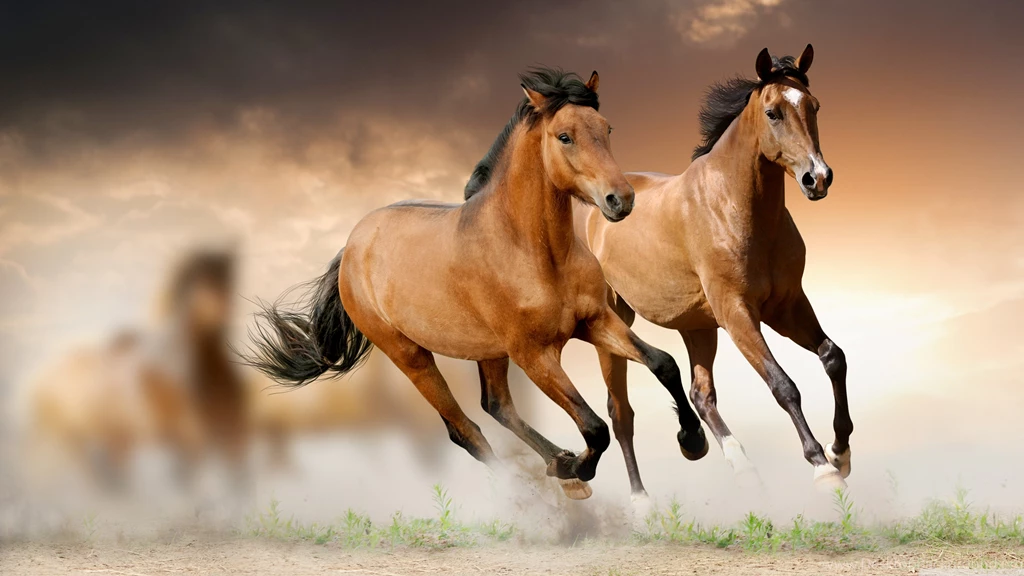
Rapoport’s 1992 article, however, changed the way we think about repetitive disorders and altered our approach to treatment. I always believed the mechanism underlying these behaviors was essentially the same with, perhaps, certain species variations imposed on a common underlying theme.Įarly on, I was convinced that stereotypies were mediated by nature’s own morphine-like substances, the endorphins, as morphine antagonists blocked the behaviors I studied in horses and dogs. I also had some interest in feather-picking in birds, chain chewing and bar biting in pigs and the plethora of repetitive disorders shown by zoo animals. Later, I broadened my interest to include acral lick dermatitis and tail chasing in dogs and wool-sucking/pica and psychogenic alopecia in cats.

My first observations were in horses engaging in “stall vices” like cribbing and weaving and stall walking. I’ve studied such behavior for nearly 30 years, the first 10 of which I believed I was studying stereotypies. Before that, repetitive disorders of species were referred to as “stereotypies.” Judith Rapoport, et al, in the Archives of General Psychiatry (1992), the term “compulsive disorder” has entered the veterinary lexicon. Cases of rug or bandage chewing can improve by coating the items with a distasteful deterrent substance to stop biting or chewing such as No Bite.Since a publication by child psychiatrist Dr. Horses will often chew or pull at rugs or bandages once applied, this can cause both damage the rugs or bandages and wound contamination.
#Pica definition horses free
Foran Equine has developed an equally distasteful capsaicin free product which is safe to use in competing and racing horses. Capsaicin is banned for use in competition horses because it has some pain relieving properties.Because of this it is included in Crib-Halt as an extremely distasteful natural substance, which horses do not become accustomed to The higher the levels of capsaicin in a chilli pepper the hotter it tastes. Capsaicin is the chemical compound in chilli peppers which makes them taste hot.Coating the wooden stable or paddock furniture with a distasteful deterrent substance to stop biting or chewing.Erecting an electric fence barrier to wooden railings.Wood chewing can lead to wear of incisor teeth or ingestion of foreign objects, which can lead to impaction colic. Other possible causes include boredom, lack of forage to satisfy chewing need, lack of exercise or internal parasites. Wood chewing can be due to pica, where a horse has unnatural dietary cravings due to mineral imbalances. Once again this is most commonly seen in stabled horses, but can occur in horses in pasture. A horse that wood chews bites onto or tears out, pieces of wooden doors, railings, posts etc. Coating favoured cribbing surfaces with a distasteful deterrent substance to stop the initial grasping behaviour.Ī less serious behaviour which can be mistaken for crib-biting is wood chewing, while this is an undesirable behaviour in a horse, it is not considered a stable vice.Stable enrichment (for example, using stable balls or mirrors).


Crib-biting also leads to damage of surfaces that the horse grasps.Ī variety of techniques can be used to help deal with crib-biting. Over time it leads to abnormal wear of incisor teeth, predisposes to colic and is associated with increased incidence of stomach ulcers. Once established as a vice, crib-biting is difficult to eliminate. It is associated with long periods of stabling, low pasture turnout, low forage feeding and apparent horse boredom. This stereotypic behaviour is repeated often throughout the day.Ĭrib-biting most commonly occurs in stabled-horses with up to 1 in 10 thoroughbreds affected. A crib-biter grasps a solid object (for example: top of stable door) with their incisor teeth, tenses and arches their neck and gulps air with a distinctive noise. Crib-biting (“cribbing”) is perhaps the most serious of these unwanted biting behaviours, as it is considered a serious stable vice and often accompanied by wind-sucking.


 0 kommentar(er)
0 kommentar(er)
